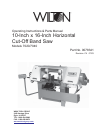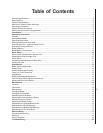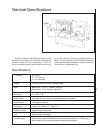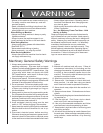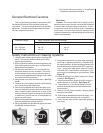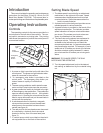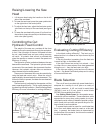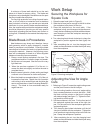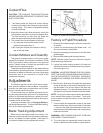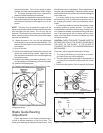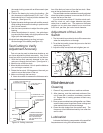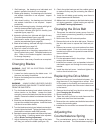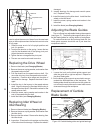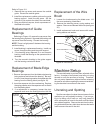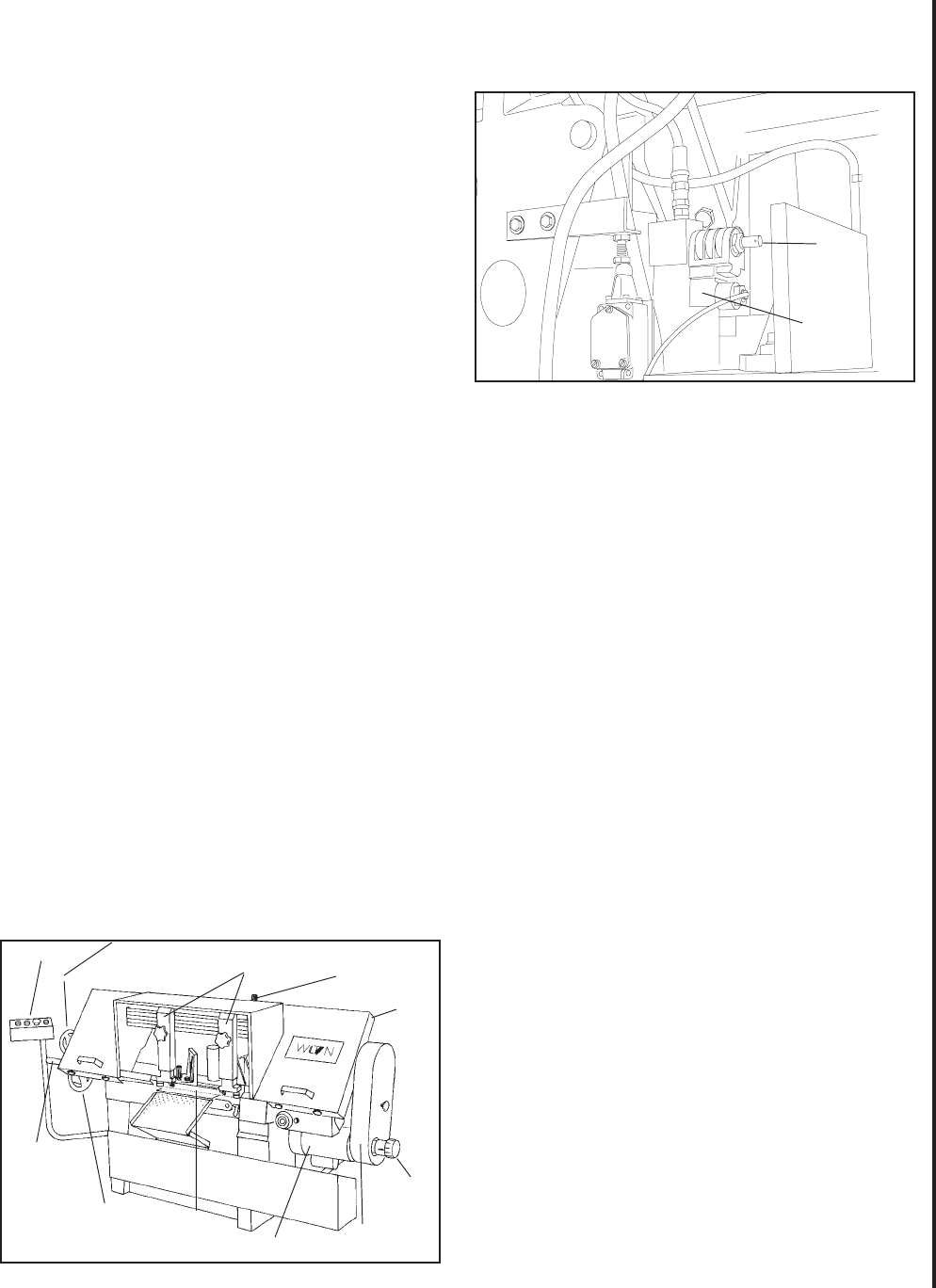
9
Raising/Lowering the Saw
Head
1. Lift the saw head using the handle on the far left
side of the saw head.
2. To lower the saw head, press the green pushbutton
on the right side of the control panel.
3. To adjust the feed rate, adjust the feed rate control
valve knob on the top of the saw head (see figure
3).
4. To lower the saw head with power off, pull and turn
the red knob (manual override) on the electro-mag-
netic valve (see figure 4).
Controlling the Cut:
Hydraulic Feed Control
The weight of the saw arm provides all the force
needed to move the saw blade through the workpiece.
In fact, if the full weight of the arm is allowed to make
the cut, rapid blade wear and poor cutting accuracy
will result. A hydraulic feed control is provided that
gives the operator a means to control the speed and
efficiency of cutting.
The hydraulic cylinder is attached between the saw
base and the saw head. The hydraulic cylinder resists
movement of the saw head in the downward direction.
However, the hydraulic cylinder offers no resistance
when the saw head is raised upward.
The amount of downward force can be controlled by
using the feed rate control valve. When the valve is
opened slightly, the saw head will move downward. The
further the valve is opened, the faster the saw head will
move downward.
The feed control is adjusted by the operator until the
saw is operating efficiently. This is usually determined
by observing the chip formation. (See Evaluating Blade
Efficiency for more information on cutting efficiency.)
Figure 3: Controls
Saw Head
Lift Handle
Control Box
Blade Tensioning
Hand Wheel
Vise Clamping
Hand Wheel
Blade Guide
Supports
Drive Motor
Blade
Saw Head
Feed Rate
Control
Speed
Control
Saw
Head
Belt
Cover
Evaluating Cutting Efficiency
Is the blade cutting efficiently? The best way to
determine this is to observe the chips formed by the
cutting blade.
If the chip formation is powdery, then the feed rate
is much too light, or the blade is dull.
If the chips formed are curled, but colored — that
is, either blue or straw-colored from heat generated
during the cut — then the feed rate is too high.
If the chips are slightly curled and are not colored
by heat — the blade is sufficiently sharp and is cutting
at its most efficient rate.
Blade Selection
The cut-off saw is provided with a saw blade that is
adequate for a variety of cut-off jobs on a variety of
common materials. A 4/6 vari tooth bi-metal blade
(5674011) and a 6/10 vari tooth bi-metal blade
(5674021) are available from Wilton.
See Setting Blade Speed for the speeds recom-
mended for various materials. These selections, while
appropriate for many shop cutting needs, do not en-
compass the wide variety of blades of special configu-
ration (tooth pitch and set) and special alloys for cut-
ting unusual or exotic materials.
A coarse blade could be used for a solid steel bar
but a finer tooth blade would be used on a thin-wall
tube. In general, the blade choice is determined by
the thickness of the material; the thinner the material,
the finer the tooth pitch.
Figure 4: Lowering head with power off
Electro-
Magnetic
Valve
Red
Release
Button



